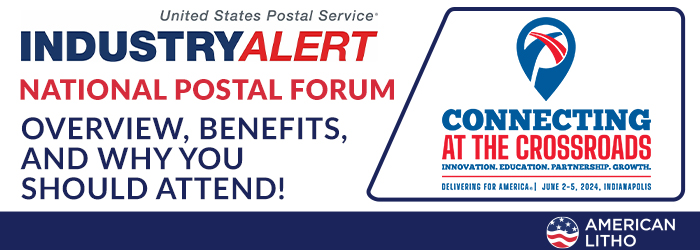By any measure, Nordstrom Inc. is a solid-gold example of retail success. The company operates 379 locations in 40 U.S. states, Canada and Puerto Rico, earning $564 million in net income in FY19.
But even industry leaders make big mistakes. Co-President Erik Nordstrom recently announced that the company has drastically changed its sales and profits forecast after weak performance in the first quarter of 2019.
Erik was candid about the reason for the downturn. Among other factors, he pointed to the decision to stop using direct mail to reach customers through the retailer’s highly successful loyalty program.
This program engages 12 million active customers, he explained, which contributed more than 60% of total Q1 sales. Last fall, the company launched The Nordy Club, allowing loyal customers to earn rewards faster and giving them special access to new products and events.
There was just one problem. The marketing team decided to go “digital-first” with the new initiative, eliminating the printed reward notes that loyal customers had been receiving in the mail.
The response – or lack of response – was dramatic. In-store foot traffic dropped, dragging sales downward with it.
Nordstrom executives seem surprised by the outcome, but I’m not. Here’s why.
Direct mail’s average household response rate is 5%, compared with just 1% for email, paid search, and social media, according to the DMA’s most recent Response Rate Report.
In fact, direct mail response rates are RISING, the DMA confirms. House rates jumped to 9% from 2017 to 2018, an increase of nearly 4%. Prospect response rates rose to 5%, a 2.1% increase. This is the highest response rate for house lists since the DMA began publishing its report.
Why is direct mail so effective? Here are the facts we cite when we’re helping leading brands make pivotal marketing decisions.
Direct mail stands out. The average household receives just 2 pieces of direct mail each day, according to the USPS Marketer’s Guide. Meanwhile, that same household is bombarded with an astounding 157 e-mails. Is it any wonder that Nordstrom’s loyalty reward messages got lost in the shuffle?
It’s more memorable. Direct mail has far greater emotional impact than digital ads, resulting in stronger recall up to 1 week later, research shows.
It works harder. Around 44% all recipients hold onto offers they receive in the mail. There’s no doubt that Nordstrom’s printed reward notes went into the wallets of loyal customers – yet digital ads didn’t have the same impact.
It engages the senses. Neuromarketing studies show that physical ads trigger greater desire for products and services. This tracks with the results our own clients have seen over and over again, especially when unique printing effects are used.
It engages young customers. A Gallup Poll shows that 95% of adults aged 18 to 29 feel good about receiving personal mail. They enjoy the tactile experience, and they use mail to link to video content or promotional offers. More than 80% also believe that printed messages are more trustworthy than information that comes through digital channels.
When you look at the overall picture, it’s easy to understand why industry leaders like Nordstrom – and your company – need to keep direct mail in the mix.
That said, at American Litho we firmly believe that EVERY direct mail program can be refined to perform better. If you’re wondering how you can engage more customers and achieve higher response rates, ask for your free direct mail evaluation now, or reach out to me directly at 630-462-1700.
Mike Fontana
President, American Litho
Looking for insights from a trusted partner? Give us some details about your next project – we’re ready to work with you!
"*" indicates required fields












